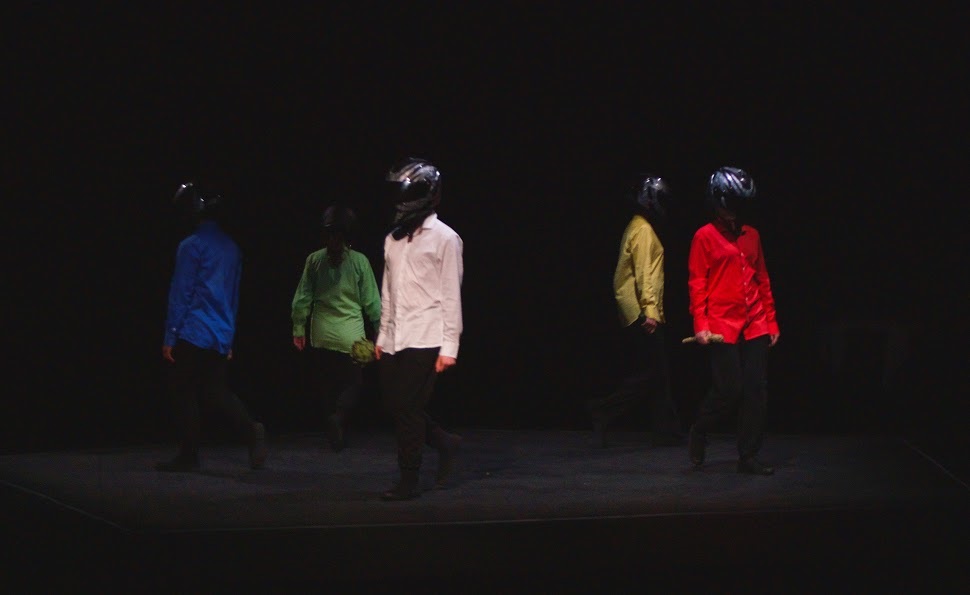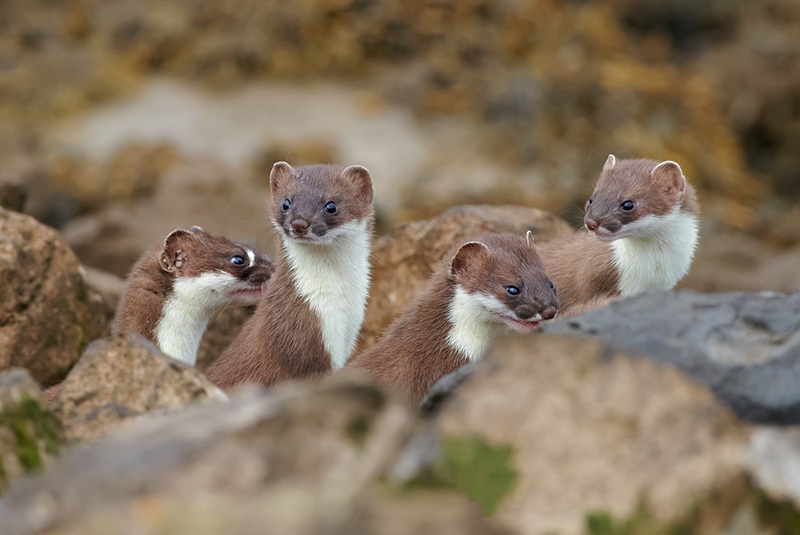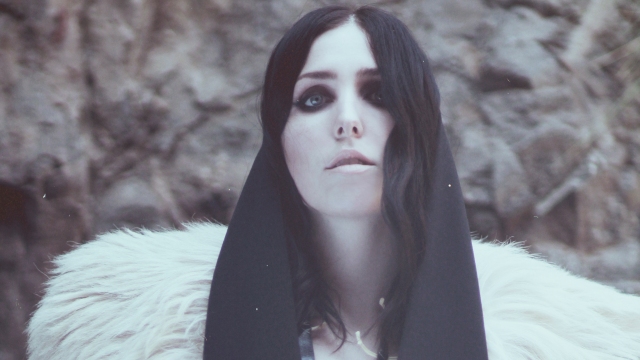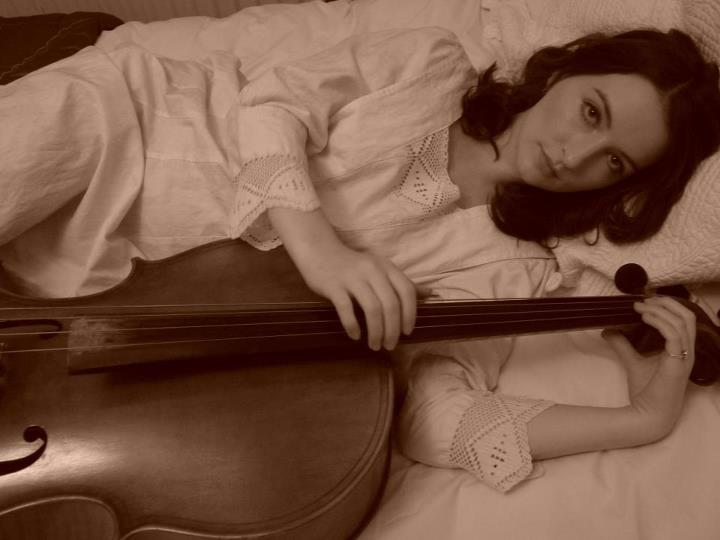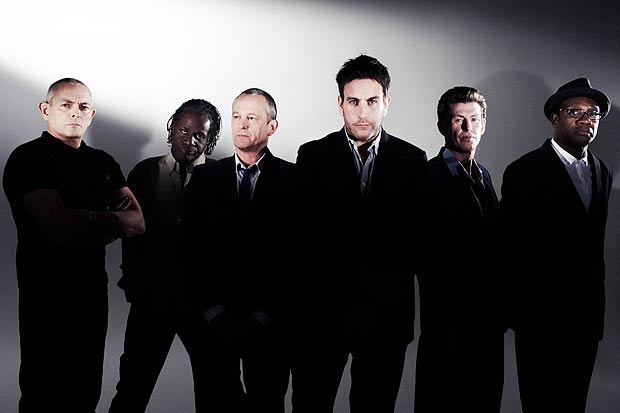“Imagine you have no objects, well, all I can do with no objects is pick up none of them.” It sounds like a teasing philosophical line from Waiting for Godot but in fact, it’s part of the logic used by Bristol University mathematician Conor Houghton to explain the inner workings of Samuel Beckett’s 1981 play for television, Quad – Beckett’s only play to be inspired by dance. Houghton’s entertaining lecture in Enniskillen’s Ardhowen Theatre is the prelude to a rare performance of Quad, in a joint production by Pan Pan Theatre and Irish Modern Dance Theatre.
Houghton’s lecture, however, begins with farts.
“Three hundred and fifteen farts in nineteen hours, or an average of over sixteen farts an hour. After all it’s not excessive. Four farts every fifteen minutes. It’s nothing. Not even one fart every four minutes. It’s unbelievable. Damnit, I hardly fart at all. I should never have mentioned it. Extraordinary how mathematics helps you to know yourself.”
The farts, and indeed the words, are not Houghton’s but come from Beckett’s novel Molloy. The point that Houghton is making is that Beckett’s works are filled with a surprising amount of mathematics, often absurdly convoluted, nearly always for comic effect.
Beckett’s fondness for mathematics, Houghton posits, is perhaps because, unlike imperfect, ambiguous language, which Beckett increasingly sought to minimize, mathematics represents a fairly flawless – and much less noisy – way of understanding the universe.
In Quad, four dancers in different colored robes walk along the edges of, and across a square, always avoiding the centre by taking a sharp left turn, before continuing with the pattern. It begins with one dancer, a second then enters, a third and finally a fourth. They exit one by one and re-enter one by one, each dancer entering when the other dancer, or dancers, is beginning to walk along a new edge. When one walks towards the centre all walk towards the centre.
To decipher, mathematically speaking, what Beckett was aiming to achieve with Quad, Houghton sets out with chalk and blackboard to examine, variously, the findings of 18th century philosopher and founder of graph mathematics Leonard Euler, the theory of reflected binary codes and the workings of radars and rotary encoders. He does so with boundless energy, breathless fluidity and no little humour, and given time, could probably prove that that black is white.
For the mathematically challenged – a little understood minority group – it’s all slightly head-spinning. “I understood the bit about farts…” whispers an elderly woman within earshot.
Houghton might be a mind-reader too, for in a physical demonstration for the less scientifically minded, he goes on to demonstrate the mathematics behind picking up nothing, an artichoke, a fennel, a marrow, a horse-radish and a red carrot, in all possible sequential combinations.
With Quad, which was written with dancers and not vegetables in mind, Beckett was aiming to demonstrate inexhaustible combinations of four dancers sequentially walking the edges and towards to the centre of a square without repetition of pattern. Unfortunately, Houghton explains, this is mathematically impossible. “Quad sets out to solve a mathematical problem with no solution.”
This incompleteness where choices are still possible, suggests the mathematician, is “this tangle in nothingness that is part of what Quad represents.”
A demonstration of Quad then follows by Keven Coquelard (White), Justine Doswell (Yellow), Juan Urbina (Blue) and Sarah Ryan (Red). Each is accompanied by a rhythmic percussive soundtrack and white, yellow, blue and red lighting that comes and goes as the respectively colored dancers join and leave the choreography.
The effect is strangely hypnotic, like a cross between John Cage, Japanese precision formation walkers and a come-and-go sketch by Laurel and Hardy.
Quad II duly follows, whereby Beckett envisaged the four dancers “100,000 years the future”, wearied and bereft of individuality. Dressed in white, the movement, without music, this piece is much slower – a shuffling ballet that is both serene and melancholic.
The finale introduces a fifth dancer, Laura Murphy (Green). This piece, baptized Quin for the occasion, is an exercise in what if. The added element resolves the mathematical conundrum of Quad by eliminating repeated patterns, this time played out on a pentagon.
Robed once more in bright colors, wearing motorcycle crash helmets in case of collision and each clutching a different vegetable – helpful for the colorblind – the five dancers march the routes at a brisk pace. A repetitive electronic soundtrack creates a vibrant pulse as the dancers cross each other’s paths, which time permitting, they could do forever.
Director Gavin Quinn, choreographer John Scott, designer Aedin Cosgrove, sound technician Jimmy Eadle and the five dancers have followed Beckett’s Quad with rigorous precision, while injecting a significant dose of individual personality.
Like a jazz musician improvising on an old changes, it’s this liberty of expression that keeps Beckett’s works vital.
Quad, an absolute highlight of Happy Days Enniskillen International Beckett festival 2017, has attracted philosophical, psychoanalytical and academic interpretations, though Beckett was perhaps more interested in the sensory and emotional effects of the piece.
Written almost thirty years after Waiting for Godot, Quad seems to represent, with humour and balletic grace, the culmination in Beckett’s search for expression without the nuisance of all those imperfect, ambiguous words. Ian Patterson
Photo: Euan Gebler

